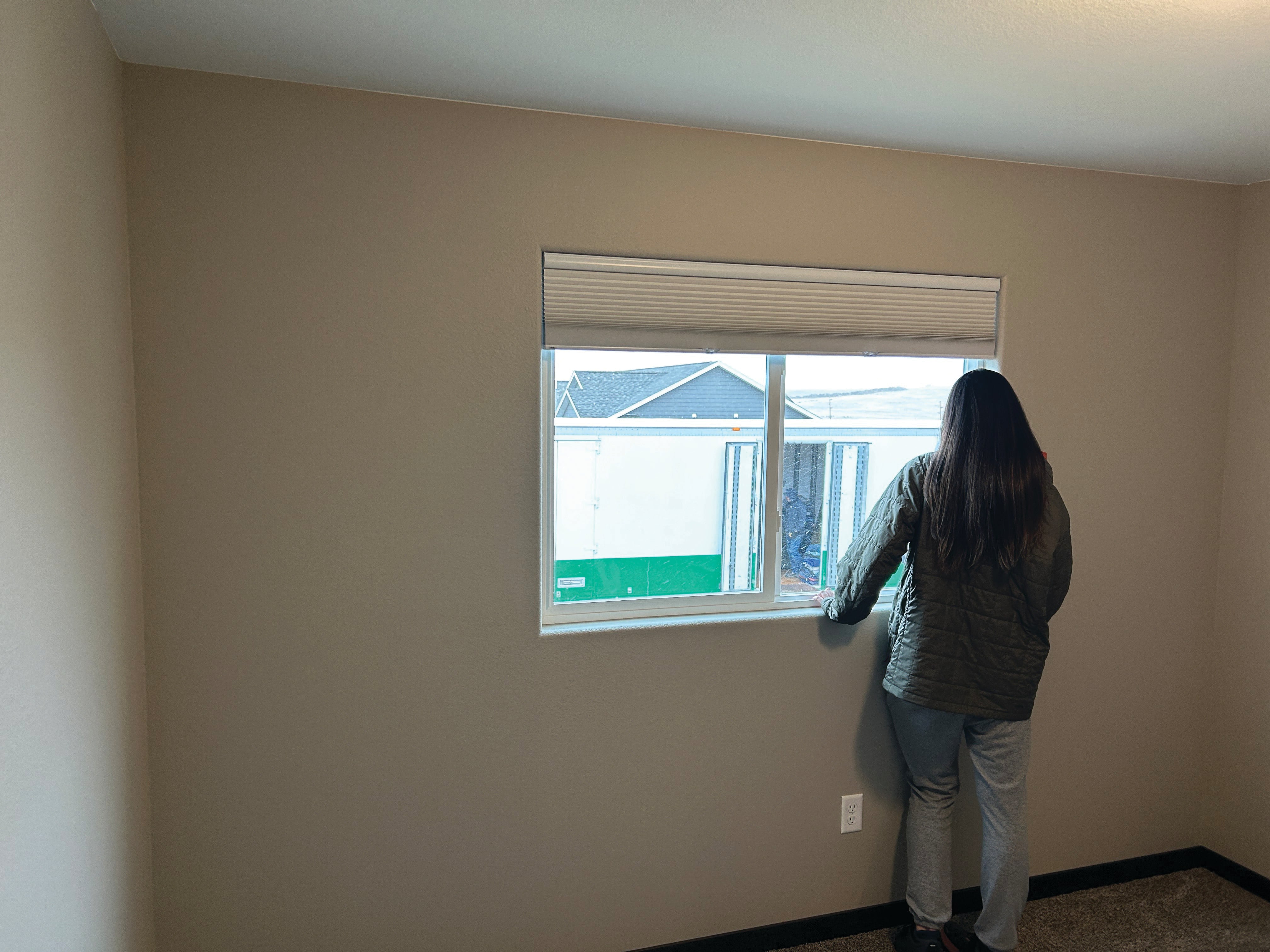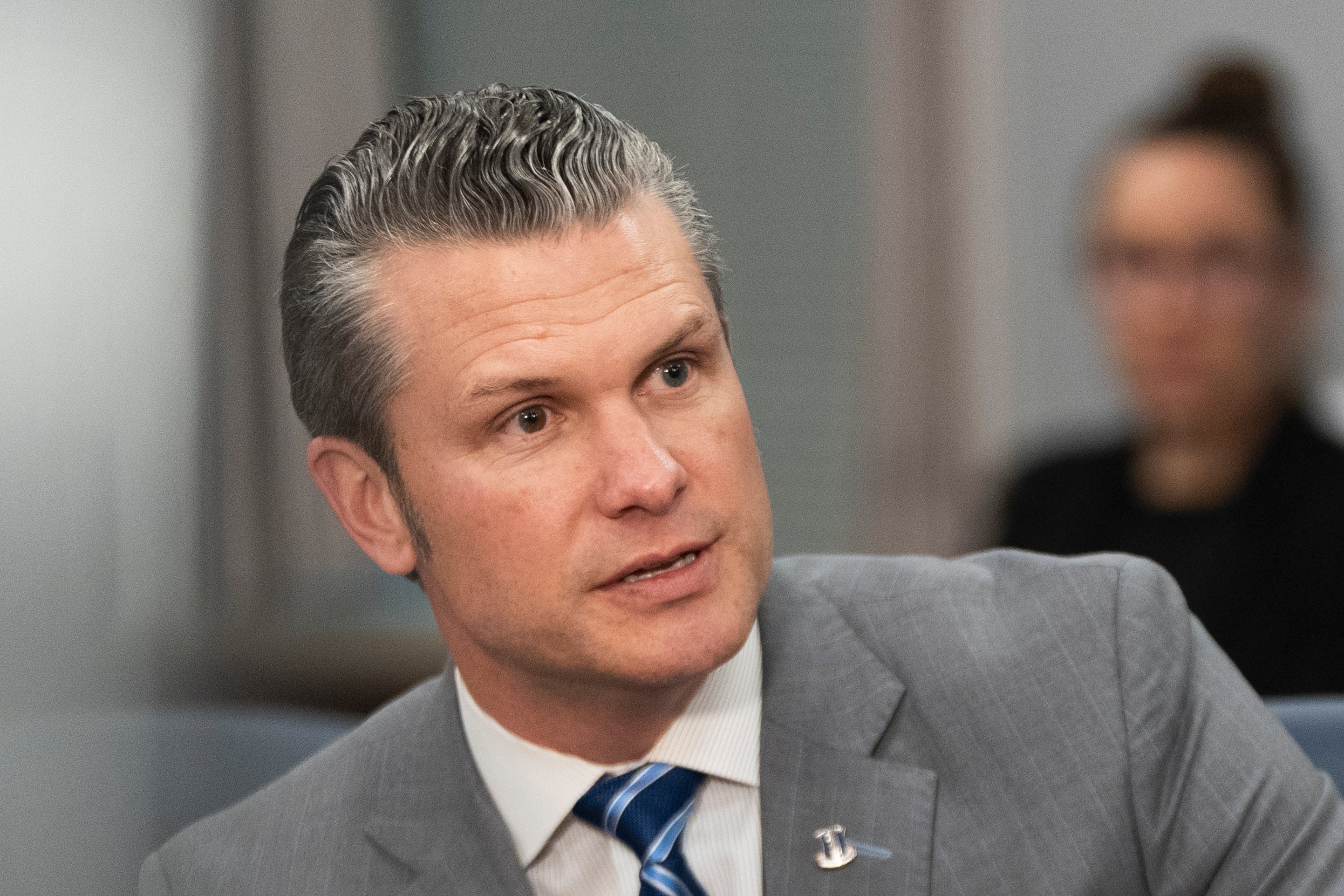MARINE CORPS BASE QUANTICO, Va. — Trained fitness instructors who can tailor conditioning plans to their command's needs. Mandatory Resident PME to pick up staff sergeant and gunny. Blending male and female recruits more during boot camp. And using simulation to better train marksmanship against moving targets.
Those are some of the ways the commanding general for the Marine Corps' Training and Education Command wants to make Marines tougher and smarter in the coming year.
Maj. Gen. James Lukeman said TECOM's mission is to optimize the mental and physical performance of every Marine and sailor.
"To make them more lethal, more resilient and more capable on the battlefield," he said in a Sept. 7 interview at his headquarters.
What you need to know about TECOM's goals for the year ahead:
Fitness MOS
One of TECOM's goals for the year ahead is to continue to design a physical-fitness program that can be done in unit training and independently, and which offers a more well-rounded approach to nutrition, injury prevention, sleep and health.
A key piece of that program is the new force fitness instructor military occupational specialty, which will allow noncommissioned officers to help leaders develop physical-training programs.
The five-week course will "give a Marine the skills to go back to his unit and be able to design a physical-fitness program for his unit," Lukeman said. "And to be able to assess individuals and help that unit implement this [program] to make every Marine and sailor better."
The first force fitness instructor course kicks off Oct. 3 and will develop Marines who are fitness experts. Lukeman said the overall goal is to have a more focused program across the entire Marine Corps, and that recent changes to the physical fitness test and combat fitness test are part of it.
One of the biggest changes: The option to replace pullups with pushups when taking the PFT. This allows men and women to do the same exercise, instead of having female Marines doing the flexed arm hang while male counterparts do pullups.
Lukeman, however, is still a pullup advocate.
"Pulling is a big deal," he said. "You pull yourself over a wall, up on a vehicle."
The most popular change has been the easing of height and weight standards.
"Over the years, a lot of Marines who were very fit have been frustrated that because they’re fit, they’re big and strong and heavy and over the weight for their height," Lukeman said.
This resulted in Marines undergoing the tape test, which they didn’t pass.
"If you score a 285 on the PFT and CFT, basically your height and weight are waived," Lukeman said of the changes. "So that will eliminate having people who are very fit having to go get taped."
MOS physical standards
Last year, gender-neutral training requirements were rolled out for 29 MOSs. The Corps unveiled new physical standards that must be met before shipping off to the fleet. TECOM says the vast majority of Marines are passing the new standards and getting them into jobs where they'll succeed.
"It’s working as we expected it to," Lukeman said. "[The requirements] were really designed very specifically for the job you’re required to do."
For example, if you’re required to move ammo from one point to another, then that’s the test.
Since the October 2015 implementation, 25 male Marines and nine female Marines have been reclassified after failing to meet the physical requirements, a TECOM spokesman said.
"We want to put every Marine into the job where they’re going to be most successful," Lukeman said. "The earlier you can figure that out, the better."
He said the fact that some haven’t met the mark is good since those Marines might not have been successfully in their original MOSs.
Professional Military Education
A Marine's fitness is more than a work-out routine, Lukeman said, and wants to invest in making Marines smarter, better leaders.
"We also want to invest in Marines’ education," he said. Part of his push is to boost the number of Marines who attend Resident PME. Starting in October, resident PME courses will be required for sergeants and staff sergeants who are looking to earn their next rank.
Sergeants will be required to complete the MarineNet "Sergeants Course," followed by the resident Sergeants Course at a Staff Noncommissioned Officer Academy.
Staff sergeants must complete the MarineNet "Career Course," followed by either the resident Career Course at a Staff Noncommissioned Officer Academy or the Career Course Seminar distance education program.
Marine Corps University at Marine Corps Base Quantico in Virginia offers nine PME programs and aims to expand in the future.
"Marine Corps University is focusing on … broader education than PME," Lukeman said. "The university is looking at how can they better clear a path for our enlisted Marines to earn a degree while they’re in the Marine Corps."
Lukeman said the university is looking into partnerships with community colleges across the country to streamline a Marine’s path to their associate’s degree.
Boot camp integration
TECOM is looking at ways to train men and women recruits together more during their training. Lukeman says there's opportunities to expand beyond the current protocol where gender-segregated platoons are trained by instructors of the same gender. That's especially true for Marines in Phase 3 of the training, where they are instructed in drill, undergo courses on Marine Corps knowledge and are expected to perform better on the obstacle course and PFT. This phase leads up to The Crucible — a 54-hour event designed to test Marines with minimal food and sleep.
A spokesman for TECOM said a planning team has been established to look at areas to further integrate recruit training, including PFT, the rifle range and The Crucible.
According to TECOM, the Recruit Training Regiment at Parris Island, South Carolina, conducted the first integrated Warrior Breakfast following the Crucible and Eagle, Globe and Anchor ceremony. Male recruits sat across from female recruits in the chow hall as as drill instructors of both genders trained them.
Service-level training
Simulations are critical to Marine training and can enhance the realism without an unncessary financial cost. Take marksmanship training. It’s easier to hit a moving target using simulation without going through a lot of rounds of ammo, Lukeman said. One of the challenges at Quantico's ranges, where TECOM is based, is the lack of moving targets. With simulation, Marines can train with a moving target and see exactly why they missed.
TECOM is also changing pre-deployment training, in part to better prepare Marines for urban battle.
"We've tweaked and modified those events to make sure our Marines are facing an enemy like the one they're going to face in the next fight," Lukeman said.
TECOM has incorporated a significant Military Operations on Urbanized Terrain, or MOUT, portion to its integrated training exercises.
"They still get the blocking and tackling of live-fire maneuver coordination," Lukeman said. "Then they move into a MOUT phase."
Lukeman said Marines in that training face enemies similar to what they'll see in a realistic fight, including one who flies remote-controlled quad copters or has electromagnetic capabilities.
Charlsy is a Reporter and Engagement Manager for Military Times. Email her at cpanzino@militarytimes.com.





